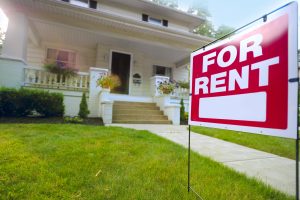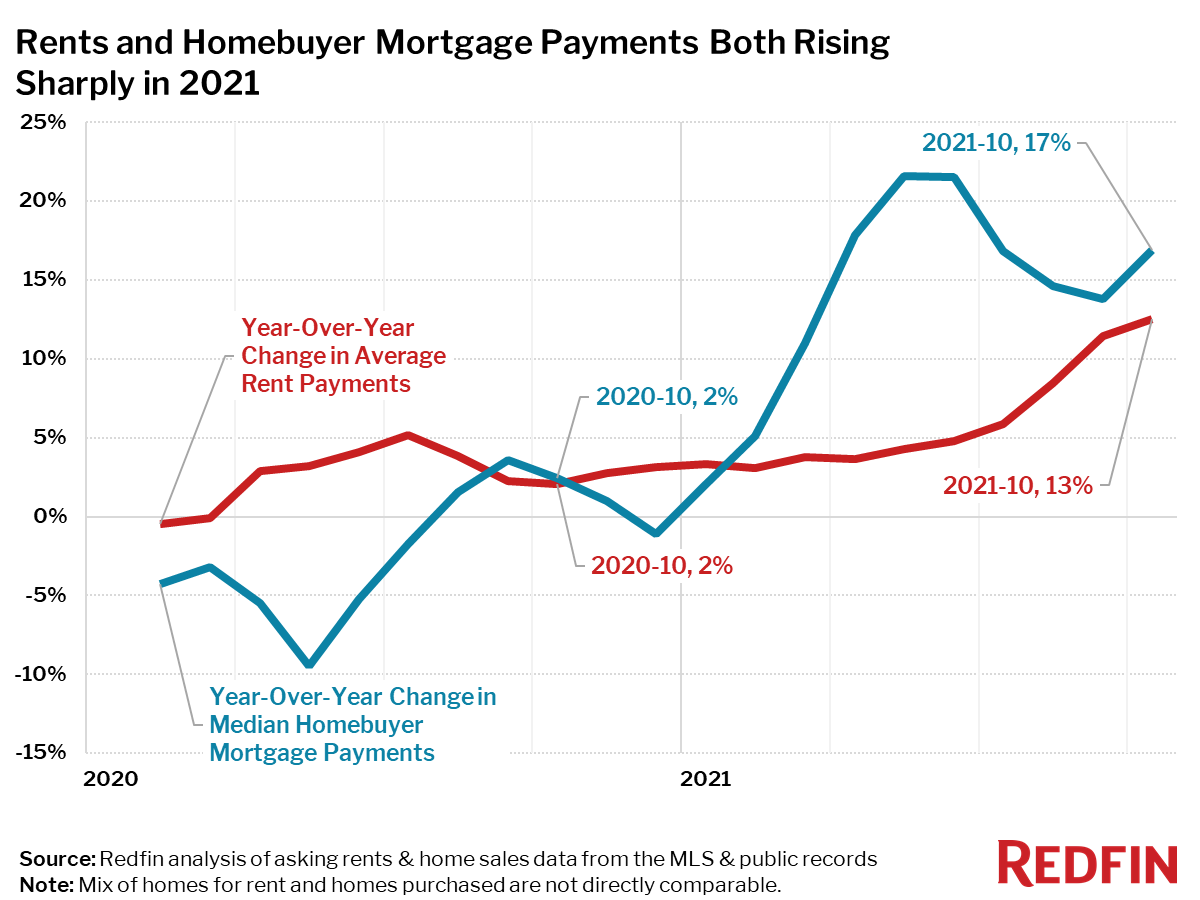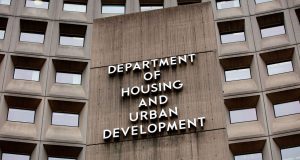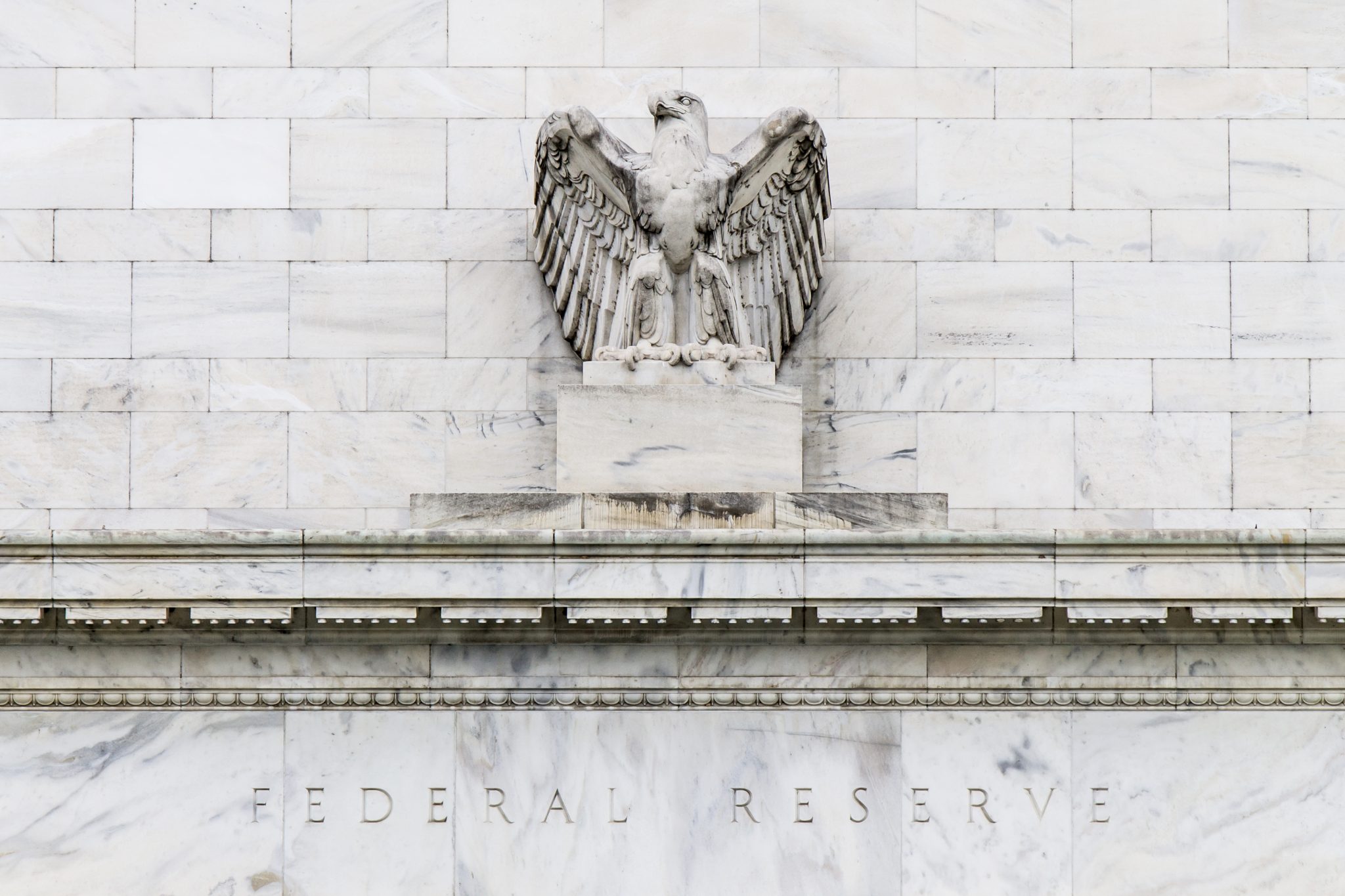 As the economy continues to see consumer prices for everything rise across the board, rent and mortgage rates have also increased with some cities seeing a 30% increase in rent prices since last year.
As the economy continues to see consumer prices for everything rise across the board, rent and mortgage rates have also increased with some cities seeing a 30% increase in rent prices since last year.
According to Redfin, the average national rent price has increased 13% over the last year, falling behind monthly mortgages which rose 17% during the same time. This equates to a 3.2% month-over-month increase for mortgage payments and 0.4% for rent.

While past data showed that the rate at which rent and mortgage payments increased was converging on each other, the rise in home prices and interest rates accelerated average monthly mortgage prices over the last month leading to additional growth.

The report also found that rent price increases outpaced mortgage payments for new homebuyers in 29 of the top-50 metro areas in the U.S. during October.
The top five states to see rent increases were: Florida, Washington, Oregon, Texas, and New York.
Of the top-50 metro areas only 15 saw growth below the 13% average found by the report, including Chicago (11%), Pittsburgh (7%) and San Francisco (7%). In addition, only a single city saw a decrease in rent payments—St. Louis, Missouri.
The top-10 metro areas all saw an increase of at least 30% in their rent prices; they include:
- West Palm Beach, Florida (36%)
- Fort Lauderdale, Florida (36%)
- Miami, Florida (36%)
- Seattle, Washington (32%)
- Jacksonville, Florida (32%)
- Portland, Oregon (31%)
- Austin, Texas (31%)
- Newark, New Jersey (31%)
- Nassau County, New York (31%)
- New York, New York (31%)
“Fast-rising rents could contribute to inflation woes,” said Redfin Chief Economist Daryl Fairweather. “Employees facing higher rents are likely to demand higher compensation from their employers, which could in turn lead to even more inflation down the line. Skyrocketing rents in some of the most desirable cities suggest that there is an overall shortage of homes, and not just of homes for sale. The ‘Build Back Better’ bill that is currently being debated by Congress contains $150 billion in spending earmarked for affordable housing, which could at least begin to address the issue, but the bottom line is that a lot more housing needs to be built in the places that are growing the most.”
Click here to view the report, including a breakdown of data for the top-50 metro areas and methodology.

 DSNews The homepage of the servicing industry
DSNews The homepage of the servicing industry









